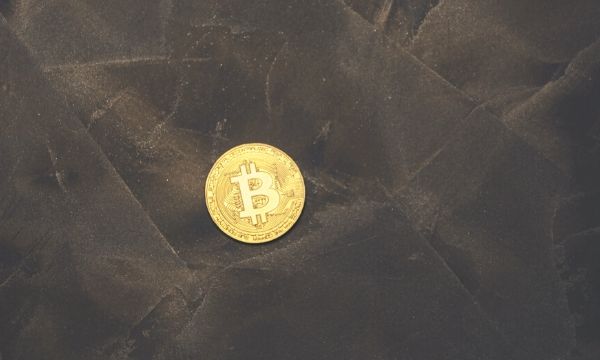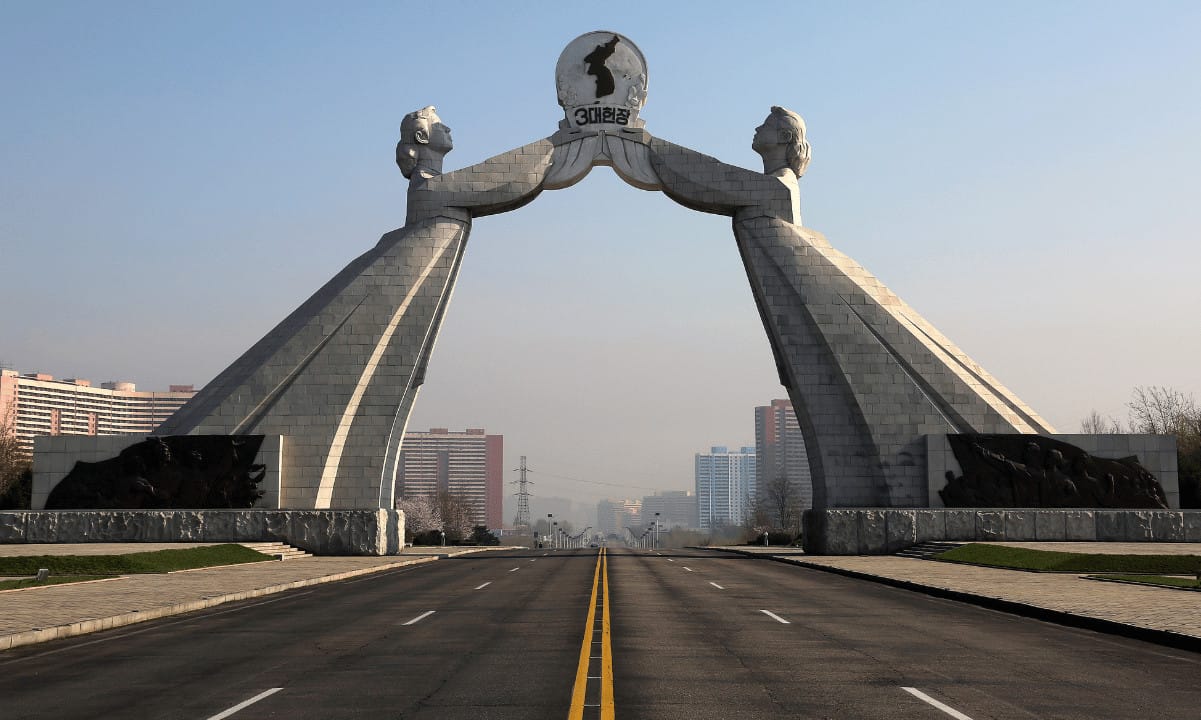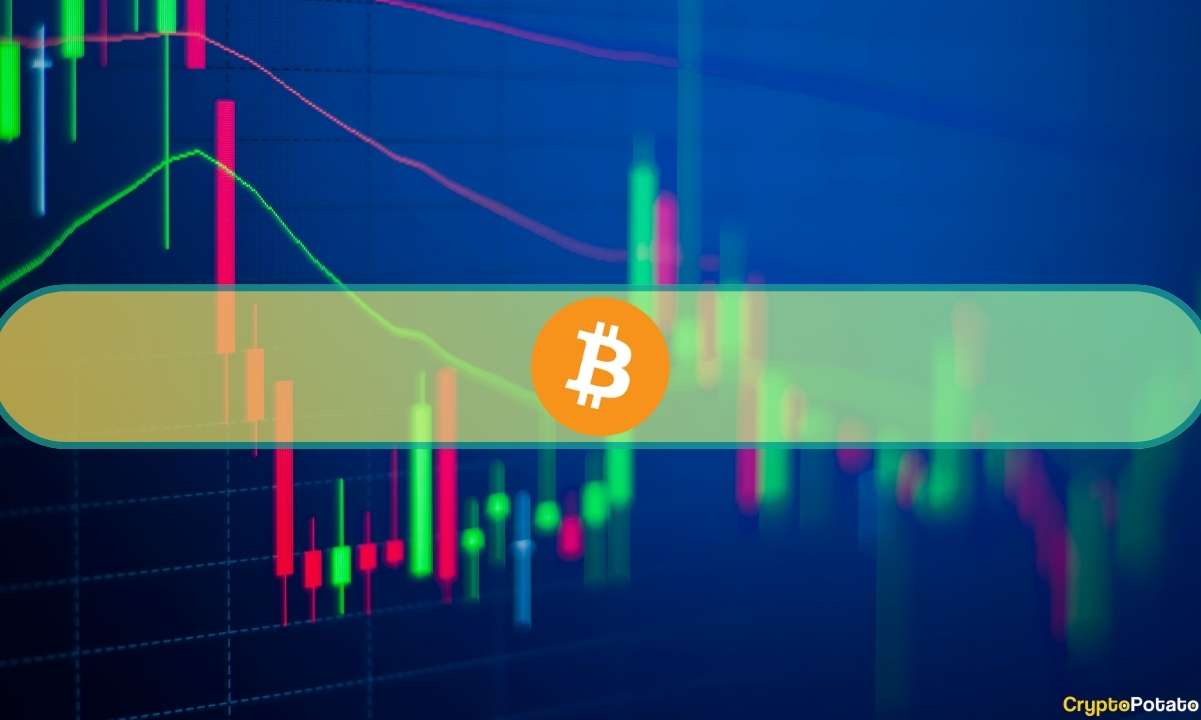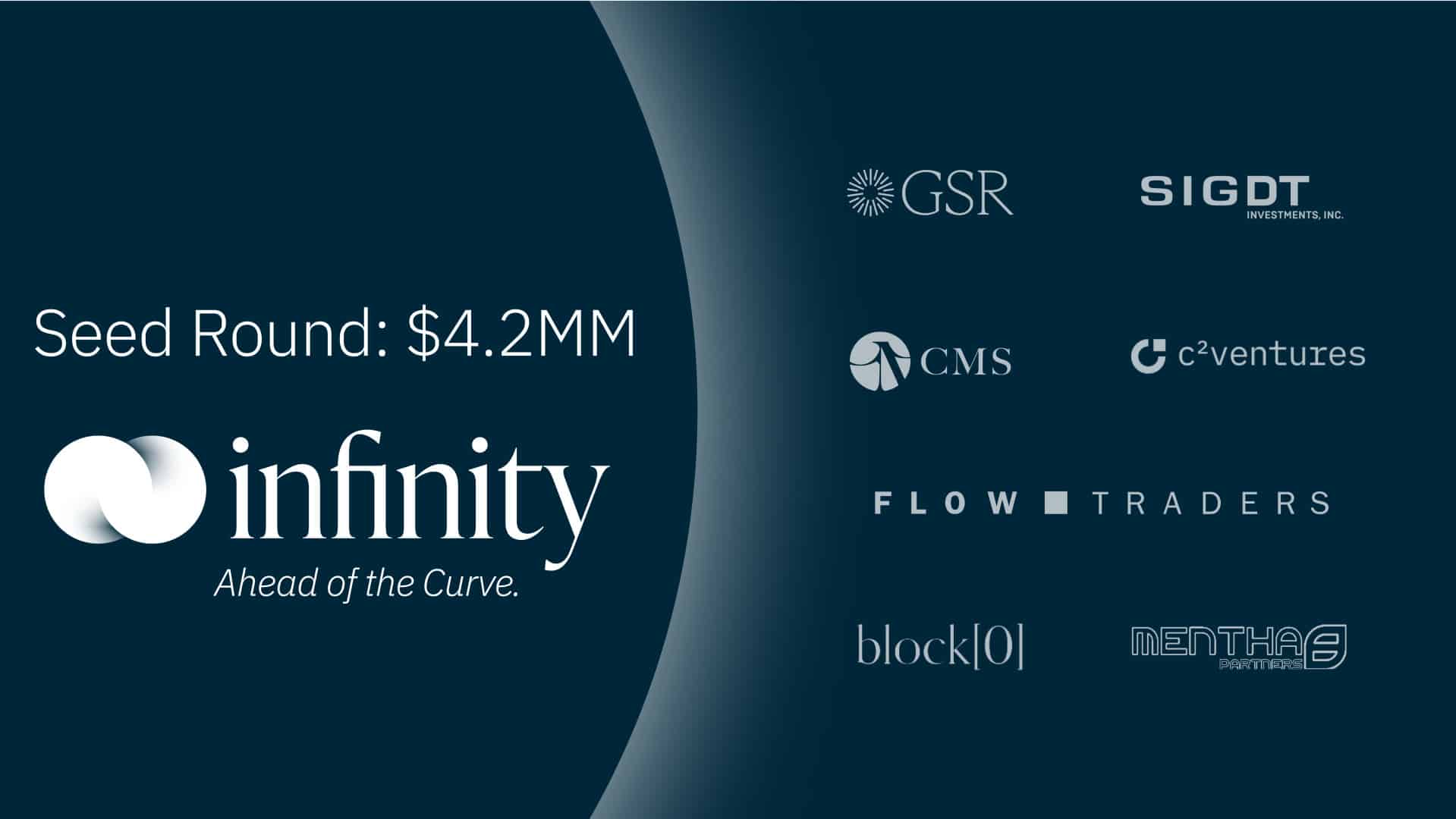Hot January for Ethereum: The Three Hard Forks you Should Know About
In the first month of the New Year, Ethereum will experience several hard forks, 3 of which are most significant:
- Classic Vision Hard Fork – 11 Jan 2019: All Ethereum holders will receive 3 ETCV for each ETH in their wallets.
- Ethereum Nowa Fork – 12 Jan 2019: Each ETH holder receives ETN in the ratio of 1:1 for free.
- Constantinople Fork – 16 Jan 2019 (or earlier) Constantinople Mainnet hard fork scheduled for block #7080000: The Constantinople Mainnet hard fork is arguably the most significant fork because it is a big component of Ethereum’s transition from using a proof of work protocol to proof of stake.
What do these forks mean for the stability of Ether Network and price of ETH?
Ethereum now faces stiffer competition than ever from Blockchains likes EOS, Cardano, Zilliqa and more. While all of these Blockchains have seen their currencies lose almost 90% of their value in the past year, this doesn’t change the fact that hard forks tend to weaken the overall support that a blockchain network attracts, especially as developers begin to pick sides and migrate to work on the newer chains that form. We can make the same comparisons to Bitcoin and Bitcoin cash (now BCHABC and BCHSV after BCH). There may have been a few people in the crypto space who believed BCH could compete with and one day surpass Bitcoin, but after the latest fork, it seems much less likely that a fragmented BCH team can outperform or out-scale the original bitcoin blockchain network.
If Ethereum’s competitors continue to grow in unison, while Ethereum fragments into various forks, they may become too diluted to ever operate on the same scale as an EOS or Cardano.
As for the price of ETH, long-term predictions for hard forks are generally hard to make. However, short-term we can expect to see some significant volatility as the market will surely be ready to jump on any new coin that is born out of the three upcoming forks.
Bitcoin forks have historically led to minor drops in price for BTC because a little bit of the value that belonged to the Bitcoin network was split into the newly forked chain. When Bitcoin Cash forked from the Bitcoin network, the price of Bitcoin went from $2800 to $2700 in July 2017.
This bodes good news for the new coins that will emerge from the ethereum hard forks, but as for Ethereum, it certainly doesn’t help make it easier to reclaim the #2 spot that was taken by XRP in the second half of this year. On the other hand, the Constantinople fork helping Ethereum transition to POS is significant enough milestone that it should provide some short-term bullish sentiment.
Ultimately, it’s hard to determine exactly how the series of ethereum forks will affect the network or price in the short and long term. What’s important to note is that Ethereum is currently in the middle of a critical transition phase that could determine whether or not it will remain the most dominant blockchain for Dapps over the coming months.
The post Hot January for Ethereum: The Three Hard Forks you Should Know About appeared first on CryptoPotato.









